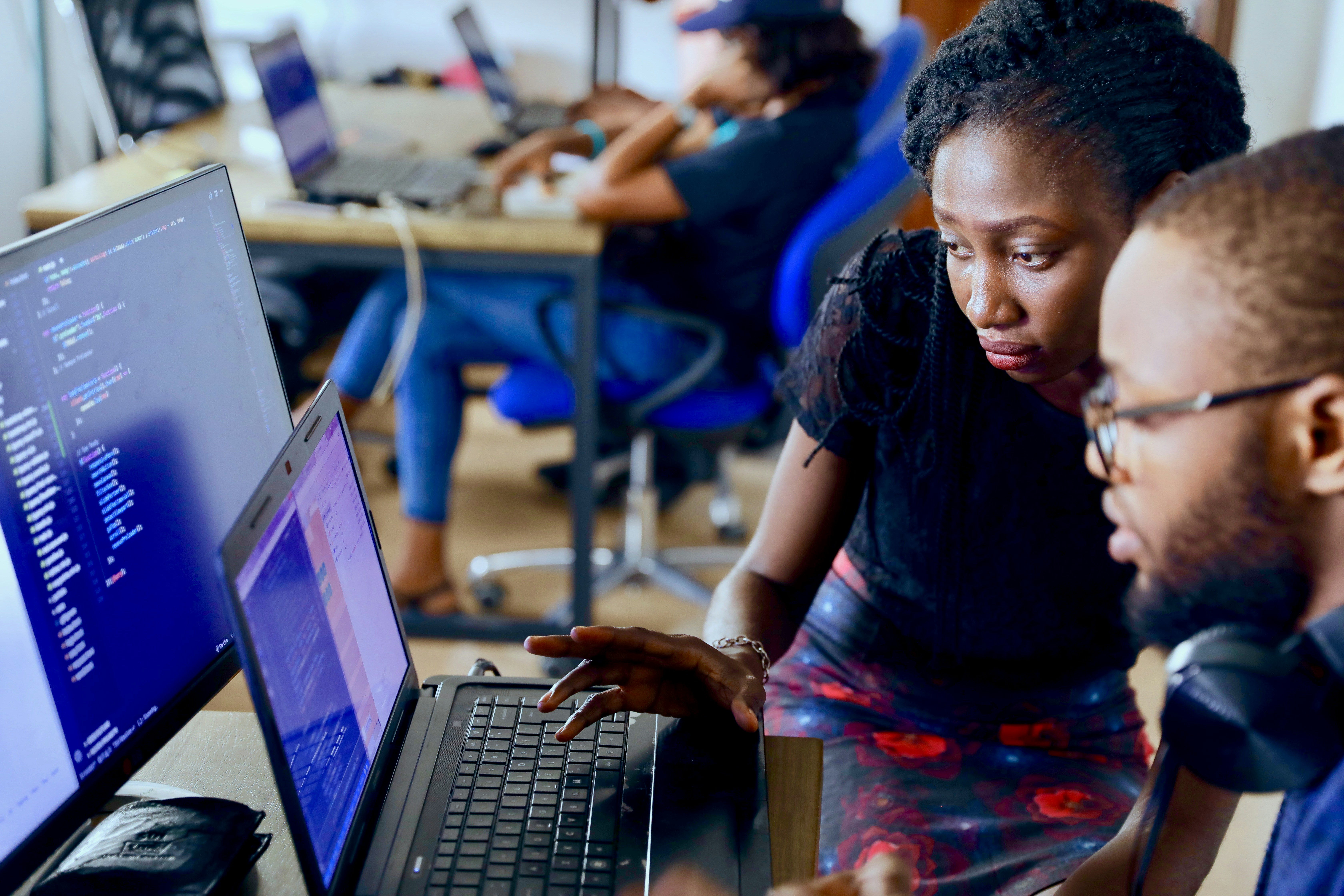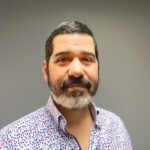
QuEra Presents: Quantum Creators Con
During the first week of February, New York students with expertise in quantum science and creative design competed for a $1000 cash prize in a “hackathon” hosted by QuEra Computing. At the Quantum Creators Con (QCC), digital media and STEM participants representing City College (CCNY), New York University (NYU), Columbia University, The New School, and School of Visual Arts (SVA), joined forces to create accessible graphic displays about neutral atom quantum computing over the course of 7 days.
 QuEra Computing operates the world’s largest accessible quantum computer, they commercialize these computers that have been built on research from Harvard and MIT. Quantum computing, as a field, incorporates computer science, physics and mathematics in quantum mechanics, operating at the atomic level, to solve intricate problems more efficiently than classical computers. Neutral atom quantum computing in particular harnesses the potential energy of neutral atoms to store and process quantum information in a greater way.
QuEra Computing operates the world’s largest accessible quantum computer, they commercialize these computers that have been built on research from Harvard and MIT. Quantum computing, as a field, incorporates computer science, physics and mathematics in quantum mechanics, operating at the atomic level, to solve intricate problems more efficiently than classical computers. Neutral atom quantum computing in particular harnesses the potential energy of neutral atoms to store and process quantum information in a greater way.
Hosted primarily at CCNY, the hackathon consisted of informative discussions about neutral atom quantum computing and creative design that could be implemented in their design. The event was structured around team formations of technical leads, students already in the quantum field or studying various engineering fields, and creatives, students studying multimedia. The team selection began after an overview of the event on the first day when students played a series of games that tested their skills at effectively working together. When partnered, “these groups [work] together to take on the challenge of developing content around the genre of computing,” said Yelissa Lopez, the government and industry advocate at QuEra.
.png) Participants spent the rest of the week learning about the science and workshopping aspects of the digital display. Workshops included a Science Session on Neutral Atom Quantum Computing Tuesday–Thursday, each followed by different sessions about visual media displays. Sessions about the creative portion included The Power of Visuals in Science Communication, Human Centered Design, and Evaluating Imagery in Neutral Atom Quantum Computing.
Participants spent the rest of the week learning about the science and workshopping aspects of the digital display. Workshops included a Science Session on Neutral Atom Quantum Computing Tuesday–Thursday, each followed by different sessions about visual media displays. Sessions about the creative portion included The Power of Visuals in Science Communication, Human Centered Design, and Evaluating Imagery in Neutral Atom Quantum Computing.
Following the informational sessions, each team was able to meet with mentors that work directly with QuEra to get feedback on their ideas on Friday, before spending the entirety of Saturday developing their projects. As the week progressed, each team gained knowledge and ideas for the development of their digital media communications leading up to the showcase.
On Sunday at Columbia University’s Wang Pavilion, participants demonstrated their projects for the final competition. Team Qutrit took home the prize for an interactive app layout “that makes learning about the workflow of QuEra’s neutral-atom computers engaging and fun,” said Lopez. Team members included Pranjal Agarwal from Hunter College, Charlene Chow from NYU Tandon, and Euijin Lee from SVA.
A detailed 3-D rendered design of QuEra’s computer designed by The Quantifiers, a team of 3 City College students named Rohma Khan, Shakibul Alam, and Thanjila Thahsin received second place. With third place humbly accepted by Team GOJILA, Joon B. from Columbia University, Abdullah Khan from CCNY, and Lena Lin and Ian Askie from NYU. This group developed “Quantum ‘Cook’puting,” a cookbook to make NAQC more accessible and engaging for readers. Submissions varied, Team Detanglers, Catarina Ferraz from CCNY, Swasti Solanki from The New School, Parsons, and Siya Sachdeva from NYU, designed a humorous yet easily informative video about NAQC. The collaboration between paired creative and STEM students during the hackathon aimed to bridge the gap in science communications using digital media.
Elaborating on the different modalities of quantum computing was another aspect of the event, aside from the conventional “gold chandelier” quantum computer that is commonly thought to be the only model. “Showcasing what neutral atom quantum computing is, was another focus of this event,” said Lopez, adding that, “We wanted to showcase that there are different ways that you can build quantum computers that operate differently in terms of the technology that other companies utilize.”
These creations not only work to destigmatize this emerging quantum technology but also explain various aspects of neutral atom quantum computing effectively to underrepresented communities. According to statistics conducted by the National Center for Education Statistics, black and brown students encompass a mere 7.6% of students that graduate with doctoral degrees in STEM and with black and brown women being less than half that percentage, 3.2%. “Given that the creative industry is much more diverse,” said Lopez, “We [also] wanted to funnel more diversity within quantum computing [by giving creatives] a first look into this industry and how they can contribute.”
Overall, each participant left the event having a greater knowledge about NAQC and a wider network of similar minded engineers and creatives. “The Creative Con experience brought the beauty of science and art together,” said Ege Tezcan from Team Möbius, NYU, “It was both challenging and exciting to express a complex scientific process through creativity!”

About the Author
My name is Natalie Moreno, I’m a full-time student majoring in Journalism and Latin American Studies with a minor in English. I work as a writer for the HIPE e-zine and a student editor for the Harlem View. I hope to report on Latino communities across NYC and the relevancy of pop culture and media in modern society. In my free time, I enjoy collaging and adventuring throughout the city.


